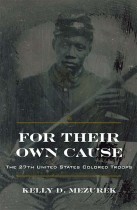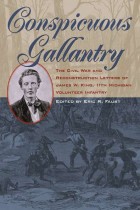Recollections of a Civil War Medical Cadet
Burt Green Wilder and Richard M. Reid | Filed under: Civil War Era, Civil War in the North, Medicine, Understanding Civil War History
Richard M. Reid’s introduction captures the ways the war dramatically reconfigured the American medical landscape. Prior to the war, the medical community was badly fragmented, and elite physicians felt undervalued by the American public. The war offered them the chance to assert their professional control and to make medicine more scientific and evidence-based. The introduction also includes an extensive historiographical analysis of Civil War medicine and situates Wilder’s recollections in the changing direction of the field.










